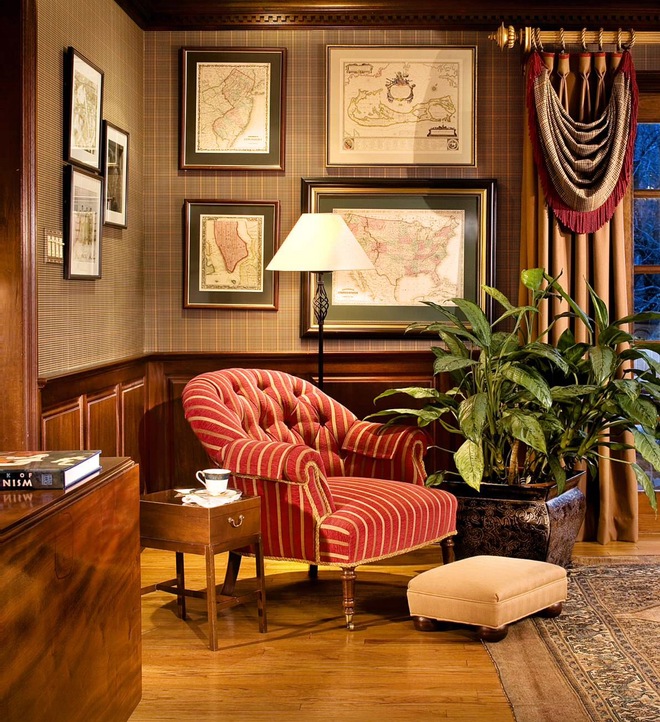Annu Bains
A blank wall can be a daunting prospect for a lot of us. What should go on it — a large canvas or several small-framed pieces, a wall plate or a poster? How much should be the height? It can all get very confusing. But the effort put in is completely worthwhile as art makes a house a home.
So, let's try and simplify the whole process. Take stock of the art pieces you have at home and group these by category, for example, black and white art, vintage (like old maps and lithographs) or abstract art. Then identify the walls and areas and get started.
Try assorted groupings
This form of display always grabs eyeballs so you can make it as colourful or dramatic as you want. It gives you the freedom to use art of all shapes, sizes and genres, along with wall plates or assorted mirrors. Add some quirky pieces to this assortment as well. Group these at the eye level on a small wall or nail these from ceiling to floor. Whatever you do, it will fetch you compliments.
Start with a comparatively larger piece of art as your anchor and hang the rest of the art pieces around it. Don't hesitate to add other elements like ceramic plates and mirrors to this arrangement. As the adage goes, more the merrier!
Use classic black and white
Be it in case of clothes or art, the monochrome look promises elegance. Use line drawings or charcoal sketches in shiny and glossy-black frames. Gold-vintage frames are another option. An assortment of black-and-white family pictures or old photographs looks great apart from creating a sense of nostalgia. You can add a sense of drama by using black and white wallpaper in stripes or a geometric print as the backdrop and hang the art in front of it.
The play of coordinated prints on prints creates a beautiful sight. Also there is an option of painting a wall in bright hues of ruby, emerald green or mandarin orange as the backdrop, and see the monochrome artwork really pop against it.
Utilise transitional spaces
Spaces that are not used too much or transitional spaces like entrance foyers, hallways or staircases often get neglected. These areas can be brought to life with the clever addition of art. Entrance foyers can be home to a large mirror with small art on either side, creating a symmetrical arrangement. The walls adjacent to staircases may seem tricky but it's actually easier than it looks.
The rule of thumb is that the main art should follow your eye line and run parallel to the staircase when you go up or down. Smaller art pieces can go all around the main art, and any gaps can be filled by wall plates or unframed art. This arrangement could follow the entire length of the staircase. In corridors, you can use the odd blank walls to display a large canvas or a big mirror.
Play the coordination game
Pick artwork in similar colours as this gives a beautifully coordinated look to the room, especially when you offset this with soft furnishings in the same palette, but in lighter or deeper hues. Also add a pop of colour to neutral furnishings with bright artwork in varying shades of a single-colour family. Choose to hang art of a similar style or time period. It could be Asian or Indian, impressionist or surrealist.
Pairing contradicting styles is a great way to add life to a room. For example, ornate Indian prints look brilliant with modern decor, while abstracts can look chic in a classic-style room. Another way to make an instant impression is by hanging multiple pieces of similarly-sized art, in groups of four or six or eight.
The writer is a Chandigarh-based interiors consultant
Unlock Exclusive Insights with The Tribune Premium
Take your experience further with Premium access.
Thought-provoking Opinions, Expert Analysis, In-depth Insights and other Member Only Benefits
Already a Member? Sign In Now










